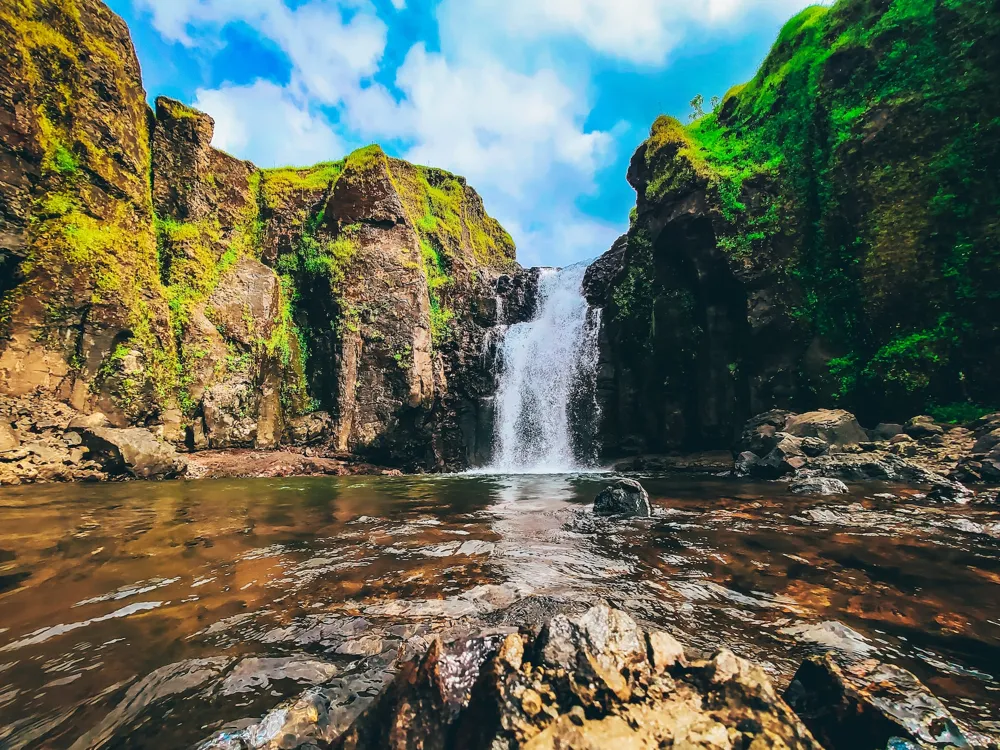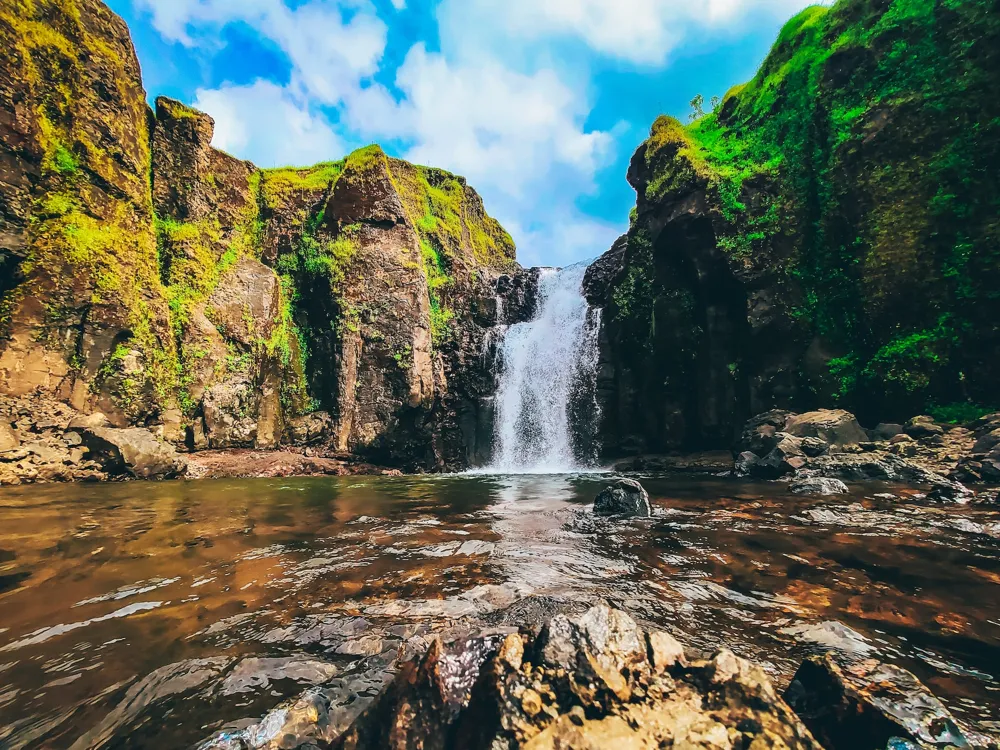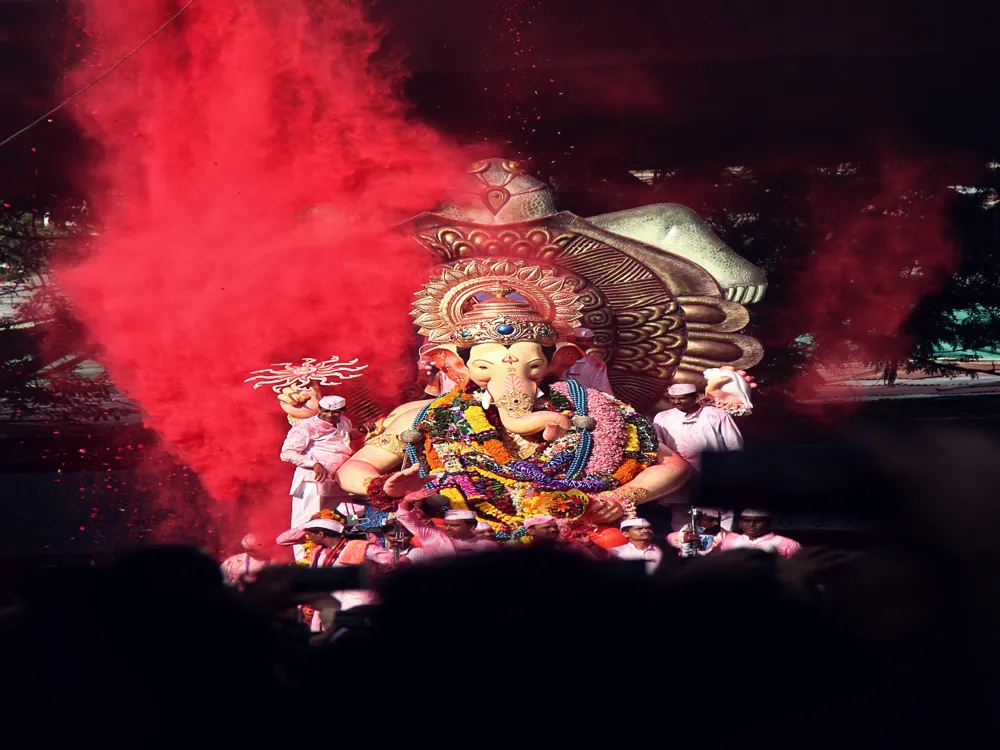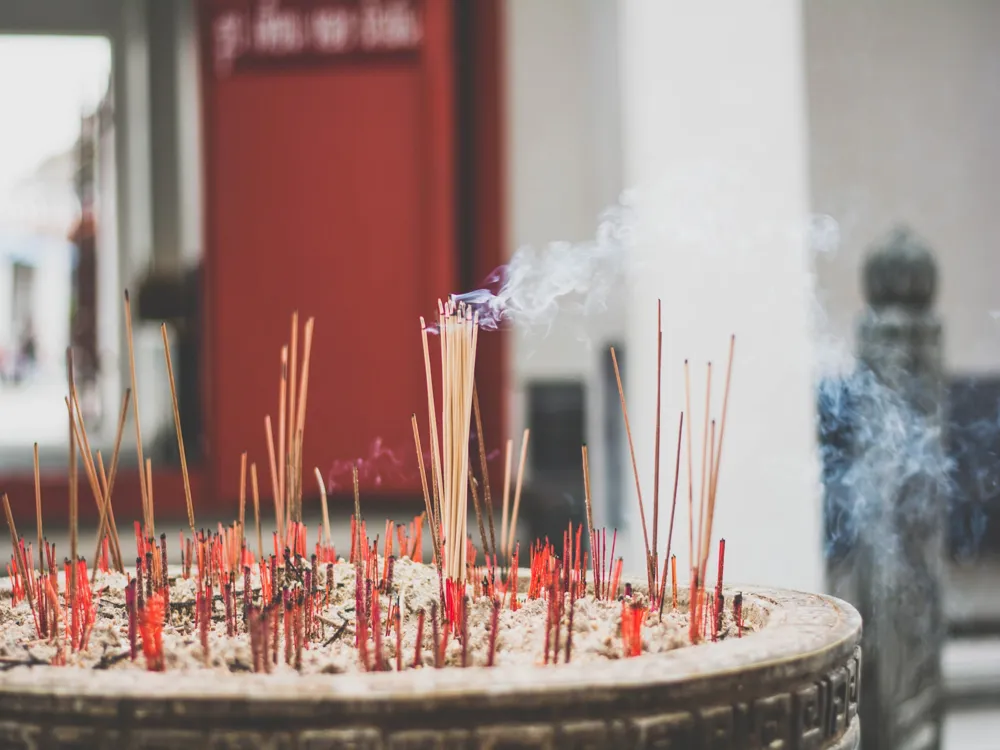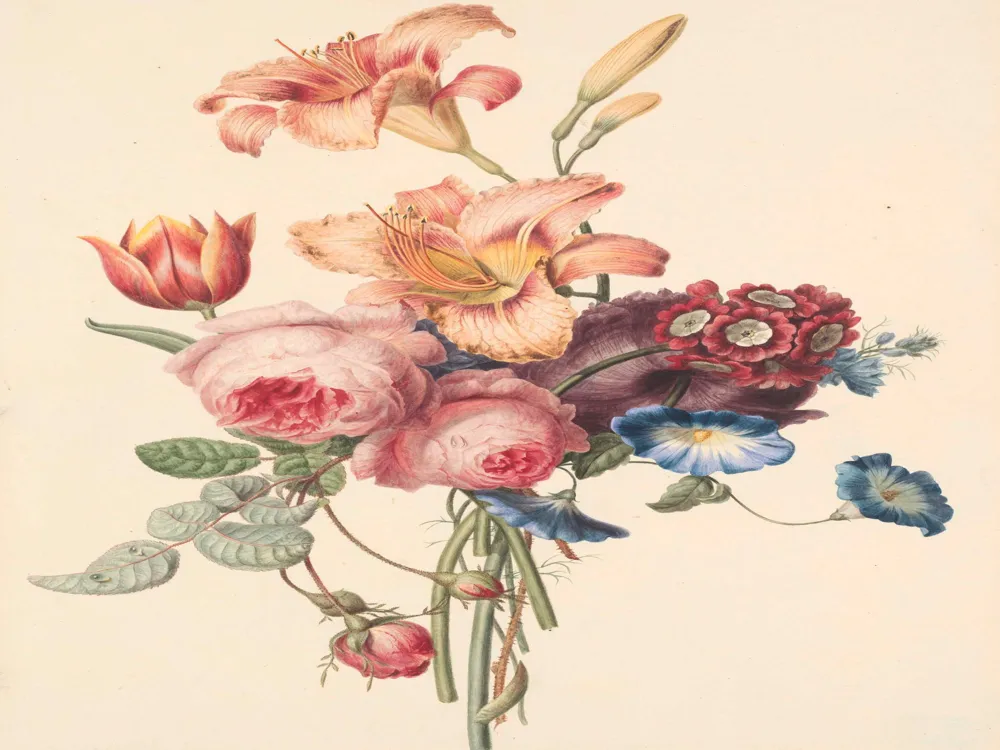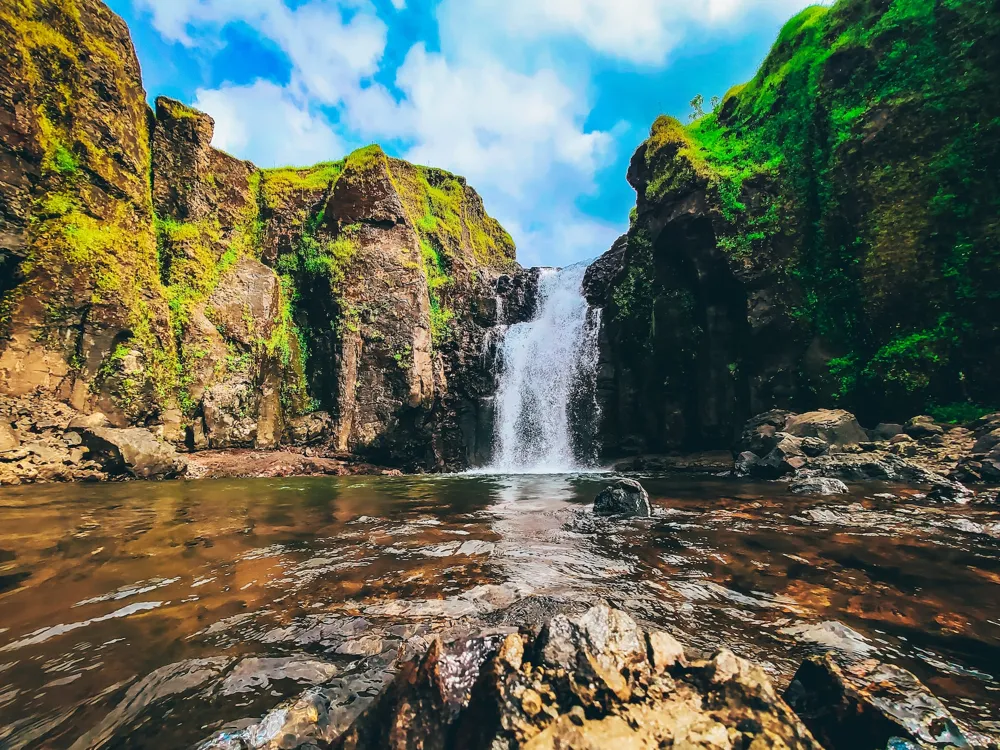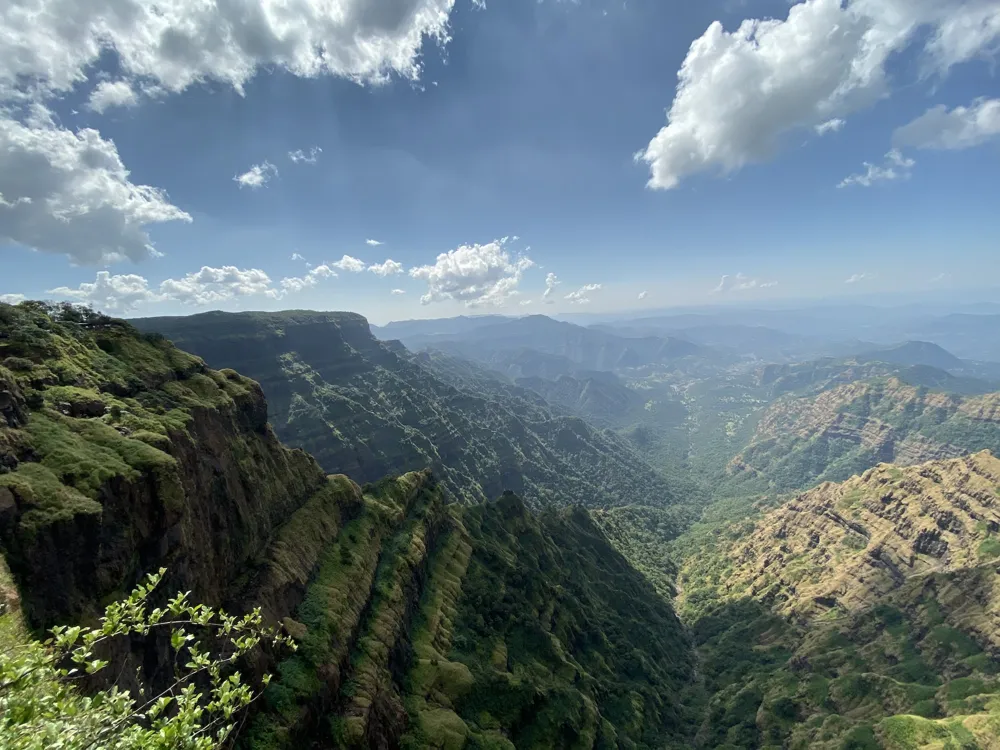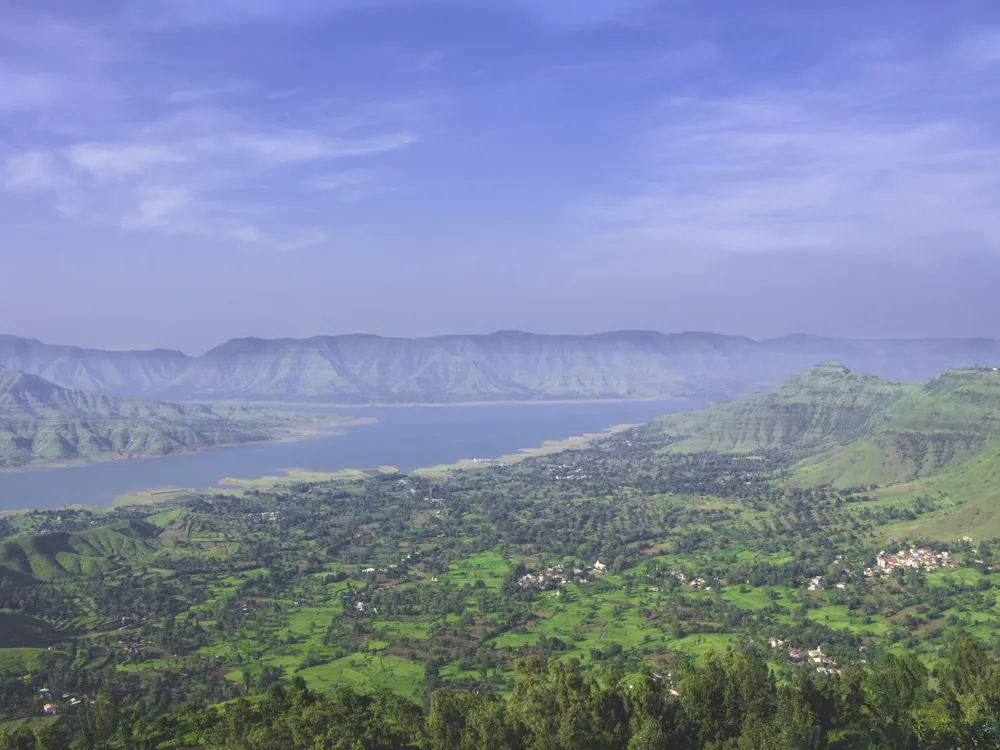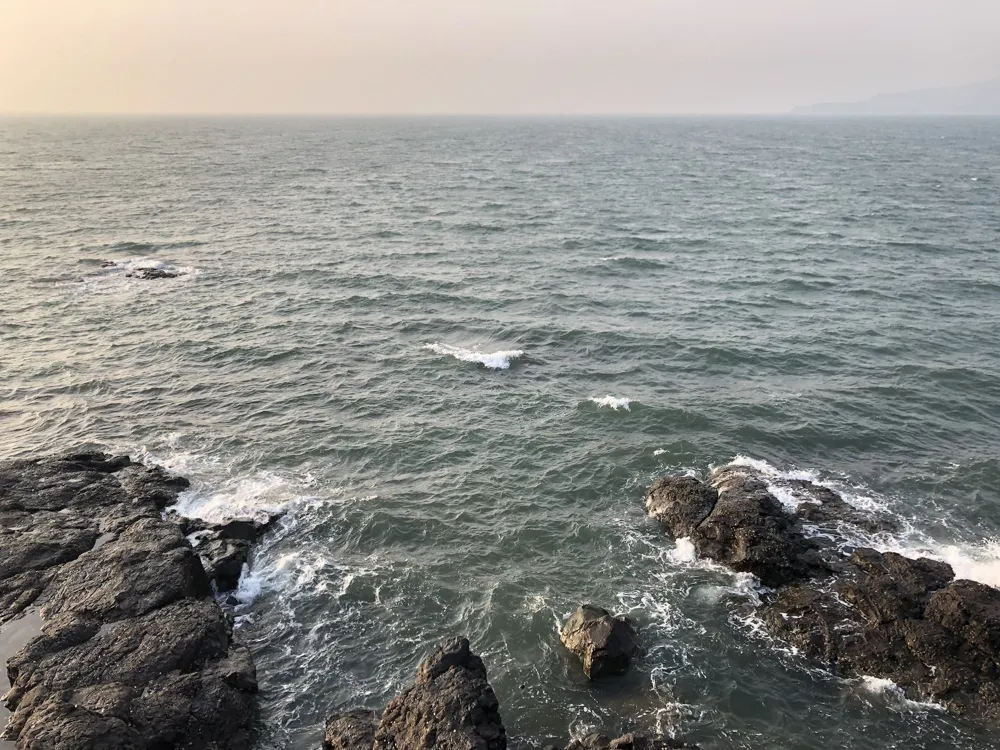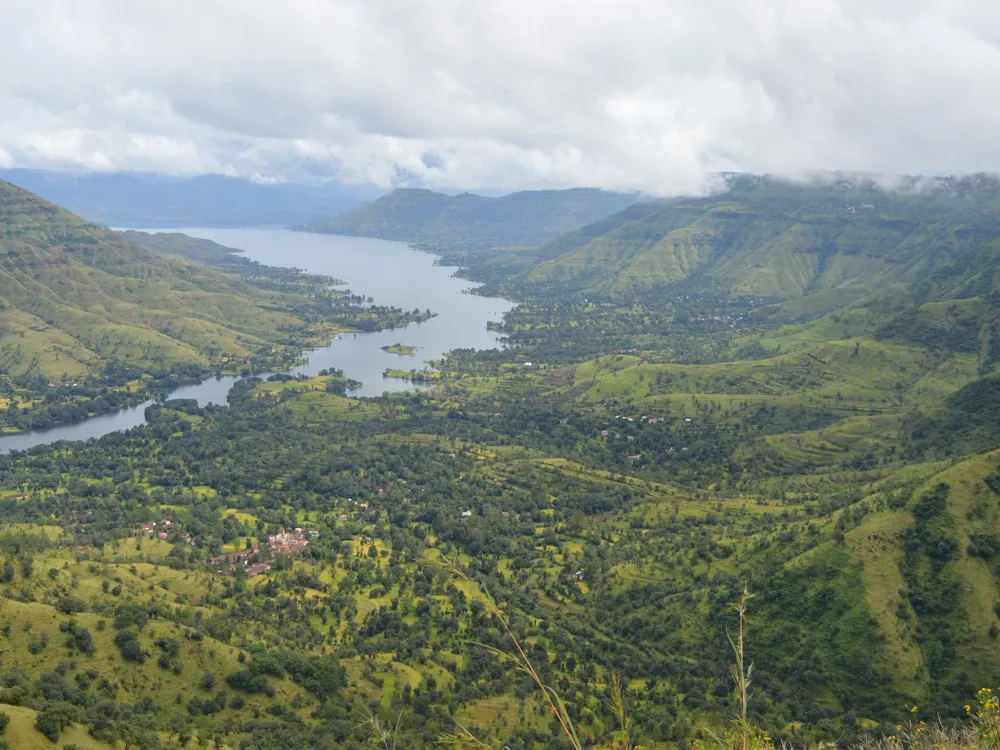Gaganbawada, a scenic town nestled in the Sahyadri mountain range of Maharashtra, is a hidden gem waiting to be explored. Known for its breathtaking landscapes and rich cultural heritage, this town is a part of the Kolhapur district and is often referred to as the gateway to Konkan in Goa. Gaganbawada's charm lies in its untouched natural beauty and serene environment, making it an ideal retreat for nature lovers and those seeking a break from the hustle and bustle of city life. The town's history is steeped in the Maratha Empire, with its strategic location playing a significant role in regional politics and trade. The influence of Maratha architecture and culture is evident throughout Gaganbawada, adding to its historical significance. The climate here is predominantly monsoonal, with heavy rains transforming the landscape into a lush green paradise during the monsoon season. This unique climate supports a diverse range of flora and fauna, contributing to the town's ecological richness. Gaganbawada is not just about picturesque views and historical sites; it's a place where one can experience the local lifestyle, cuisine, and traditions. The town's market is a vibrant hub where visitors can indulge in local delicacies and shop for handicrafts. Festivals and events celebrated here are a testament to the rich cultural fabric of the region, offering a glimpse into the lives of the people who call Gaganbawada home. Despite its growing popularity among tourists, Gaganbawada remains unspoiled and retains its rustic charm. Its proximity to both Kolhapur and Goa makes it a perfect stopover for travelers exploring this part of India. Whether it's for a weekend getaway or a longer stay, Gaganbawada promises an experience that is both enriching and rejuvenating. The architecture of Gaganbawada is a beautiful blend of traditional Maratha and colonial influences, reflecting the town's historical and cultural evolution. The buildings here are a testament to the architectural ingenuity of the past, with many structures dating back several centuries. The use of local materials like laterite stone in construction is a distinctive feature of Gaganbawada's architecture, giving the buildings a unique rustic appeal. One of the most prominent architectural landmarks in Gaganbawada is the historic fort, which stands as a symbol of the town's historical significance. The fort's design is a fine example of Maratha military architecture, with imposing walls, bastions, and gateways that speak of its strategic importance in the past. The intricate carvings and motifs on the fort's walls and gates are a testament to the artistry and craftsmanship of the era. Apart from the fort, Gaganbawada is home to several ancient temples, each with its unique architectural style. These temples, dedicated to various deities, showcase the religious and cultural diversity of the region. The intricate carvings, ornate pillars, and beautifully designed sanctums of these temples are not just spiritually significant but also serve as an excellent example of the architectural brilliance of the past. The colonial influence on Gaganbawada's architecture is evident in some of the older residential buildings and administrative structures. These buildings, with their European-style design, high ceilings, and spacious verandas, offer a glimpse into the town's history during the British era. The fusion of Maratha and colonial architectural styles creates a unique streetscape that adds to the town's charm. Gaganbawada's architecture is not just about historical structures; it's a living tradition that continues to evolve. The newer buildings in the town, while modern in their amenities, often incorporate elements of traditional architecture, thus maintaining a harmonious blend with the town's historical character. The ideal time to visit Gaganbawada is between June and February when the weather is pleasant, and the natural beauty is at its peak. Monsoons, in particular, offer a magical experience with lush greenery and waterfalls. Don't miss out on trying the local Maharashtrian cuisine, especially the spicy and flavorful coastal dishes. The town market is great for shopping for local handicrafts, spices, and the famous Kolhapuri chappals. It's important to respect local customs and traditions. Dress modestly, especially when visiting religious sites, and always seek permission before photographing locals. While Gaganbawada is well-connected with major cities, some remote areas may have limited mobile network coverage. It's advisable to inform someone about your travel plans and keep a map handy. Gaganbawada is accessible by road from major cities like Kolhapur and Panaji (Goa). The nearest airport is in Kolhapur, about 55 kilometers away, while the closest railway station is at Kankavli. Regular bus services and taxis are available from these points to Gaganbawada. For those driving, the scenic route through the Western Ghats is a memorable experience. Read More:Overview of Gaganbawada, Kolhapur
Architecture of Gaganbawada
Tips When Visiting Gaganbawada
Best Time to Visit
Local Cuisine and Shopping
Respecting Local Culture
Staying Connected
How To Reach Gaganbawada
Gaganbawada
Kolhapur
Maharashtra Goa
NaN onwards
View kolhapur Packages
Weather :
Tags : Town
Best time to Visit : August - April
Planning a Trip? Ask Your Question
Kolhapur Travel Packages
View All Packages For Kolhapur
Top Hotel Collections for Kolhapur

Private Pool

Luxury Hotels

5-Star Hotels

Pet Friendly
Top Hotels Near Kolhapur
Other Top Ranking Places In Kolhapur
View All Places To Visit In kolhapur
View kolhapur Packages
Weather :
Tags : Town
Best time to Visit : August - April
Planning a Trip? Ask Your Question
Kolhapur Travel Packages
View All Packages For Kolhapur
Top Hotel Collections for Kolhapur

Private Pool

Luxury Hotels

5-Star Hotels

Pet Friendly







